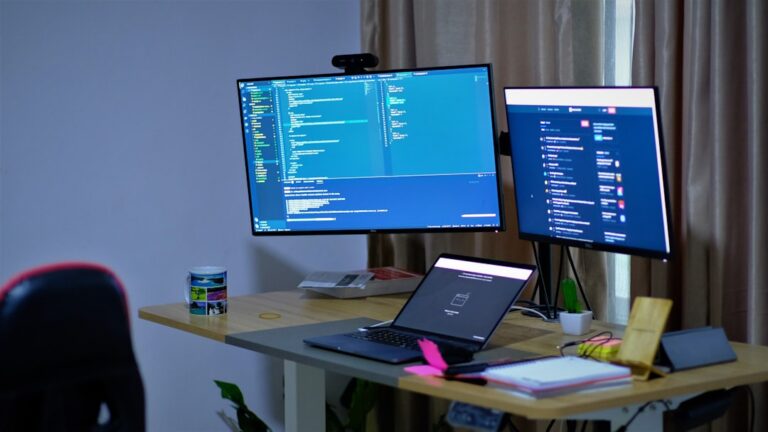In the era of rapidly evolving technologies, knowledge of the right backend tools can be crucial for creating modern mobile and web apps. What technologies should be known in 2025?
Introduction to Backend Technologies
The backend is the heart of any application, responsible for managing business logic, databases, and integrations with other systems. In the context of mobile apps and web apps, choosing the right backend technologies is key to optimizing the development process and subsequent process automation.
Key Backend Technologies in 2025
Node.js
Node.js is one of the most popular tools for creating server-side JavaScript applications. Its asynchronous nature and extensive NPM package ecosystem make it extremely efficient in handling applications that require quick event responses, such as mobile and web apps.
Python and Django
Python, with its versatility and readability, remains a favorite language among developers. Django, as a high-level framework, enables rapid prototyping and development of web apps, which is extremely valuable in a fast-changing technological environment.
Ruby on Rails
Although Ruby on Rails is not a new player in the market, its efficiency in creating scalable web apps keeps it at the forefront. Its “convention over configuration” philosophy speeds up the development process, which is crucial in the context of process automation.
Spring Boot (Java)
For large enterprise applications, Spring Boot offers reliable and scalable solutions. As part of the Java ecosystem, it provides great flexibility and support for microservices, which is important in the context of modern web apps.
Go (Golang)
Go, also known as Golang, is gaining popularity due to its efficiency and simplicity. Its ability to handle concurrency makes it ideal for applications requiring high performance, such as modern mobile and web apps.
New Trends in Backend Technologies
Serverless Architecture
Serverless architecture is gaining popularity due to its scalability and cost reduction capabilities. It allows running applications without the need to manage server infrastructure, which is ideal for companies wanting to focus on creating business value.
Microservices
Microservices allow for splitting applications into smaller, independent modules, increasing flexibility and scalability. This is particularly important in the context of business process automation, where different components can operate independently of each other.
Which Backend Technologies to Choose?
The choice of backend technologies should be tailored to the specific needs of the application and the team’s resources. When creating web and mobile apps, it is worth considering technologies that offer both efficiency and flexibility.
- If you plan to develop web apps, pay attention to Node.js and Django.
- For mobile apps, consider integrating with serverless technologies and microservices.
In 2025, it will be crucial not only to know the latest technologies but also to effectively use them to optimize processes and increase business value.







